Elephants on the Welgevonden Game Reserve (Dec. 2007)
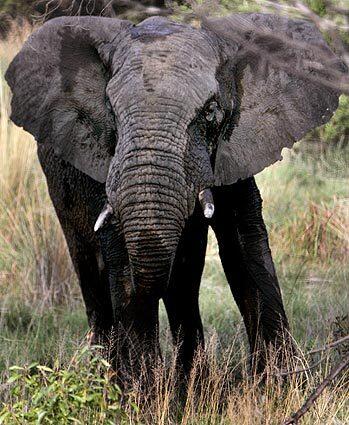
Samson, a wild bull elephant at the Welgevonden Game Reserve, sizes up visitors. Known as Elephant No. 1, hes one of four sterilized bulls on the compound whose behaviors are being studied in an effort to address South Africas burgeoning elephant population. (Francine Orr / Los Angeles Times)
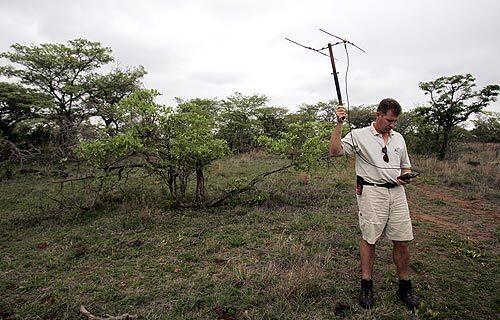
Researcher David Powrie uses VHF telemetry to track the Welgevonden pachyderms. He is studying the effects of vasectomies and other population-control methods on the animals’ behavior. Having grown up in the bush, Powrie is an expert at reading animals and knowing when it’s time to get out of their way. (Francine Orr / Los Angeles Times)
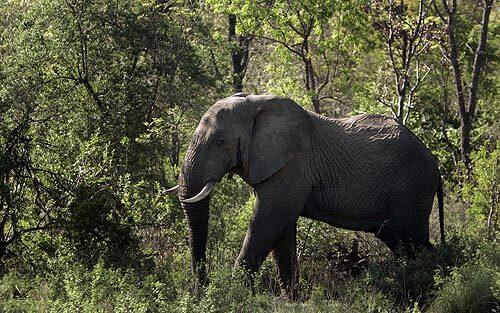
South Africas elephant population has grown to 20,000-strong and their large appetites and destructive habits threaten to disrupt the habitat of other species. Solutions for controlling their growth include birth control, relocation and the most controversial: shooting them from helicopters. (Francine Orr / Los Angeles Times)
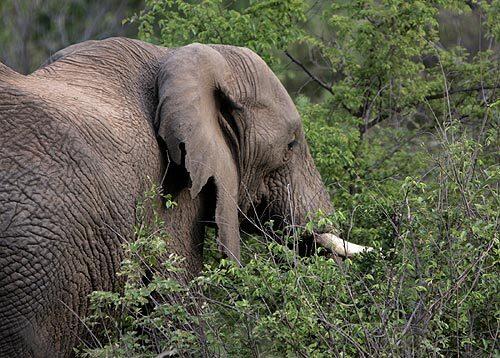
Powrie says the massive animals hate loud noises, including thunder and the drone of helicopters and that a turn in the wind can instantly change an elephant’s mood: Hell give you body language; hell never just attack you. Hell give you signals, saying, Im not really happy, and thats when you get out of there.” (Francine Orr / Los Angeles Times)
Advertisement
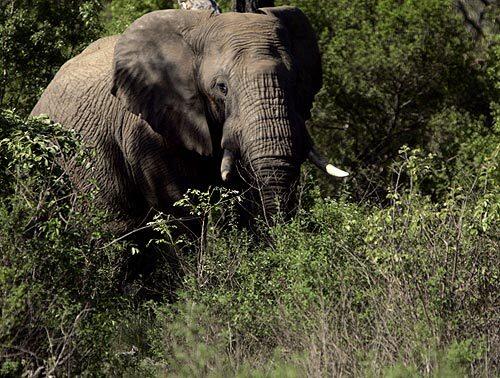
So far, Powrie has not found that the sterilized bulls act differently and hes seen no ill effects with the females on birth control. Although these methods can be effective where there are smaller herds such as at Welgevonden, theyre seen as impractical when there are larger elephant populations. (Francine Orr / Los Angeles Times)
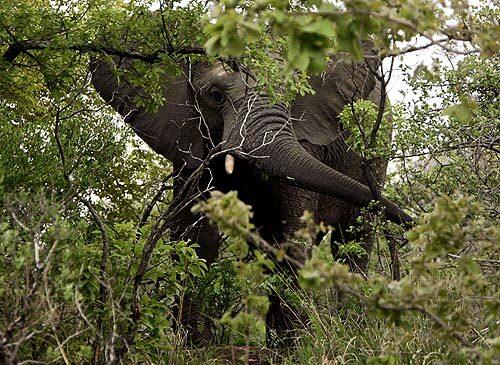
Ivan, or No. 308, is an 8-year-old wild bull elephant who is not part of the vasectomy program at Welgevonden. Powrie knows each one of the 120 elephants on the reserve, identifying them by the unique patterns on their tails and nicks on their ears or tusks. (Francine Orr / Los Angeles Times)
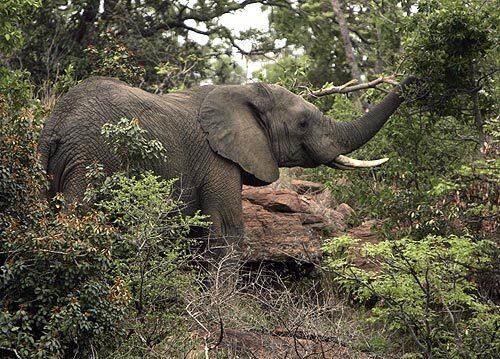
About 17,000 elephants were killed worldwide in 2011 for their ivory, according to a United Nations report. (Francine Orr / Los Angeles Times)
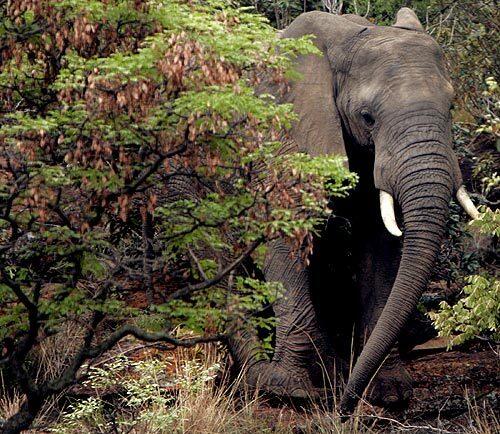
Powrie says some days he sees almost no sign of the giants, just the flick of a tail as one disappears into the scrub. Other days, he encounters a group at play in a swimming hole or bulls dueling. The telltale signs of a nearby herd: a cloud of small flies. (Francine Orr / Los Angeles Times)







